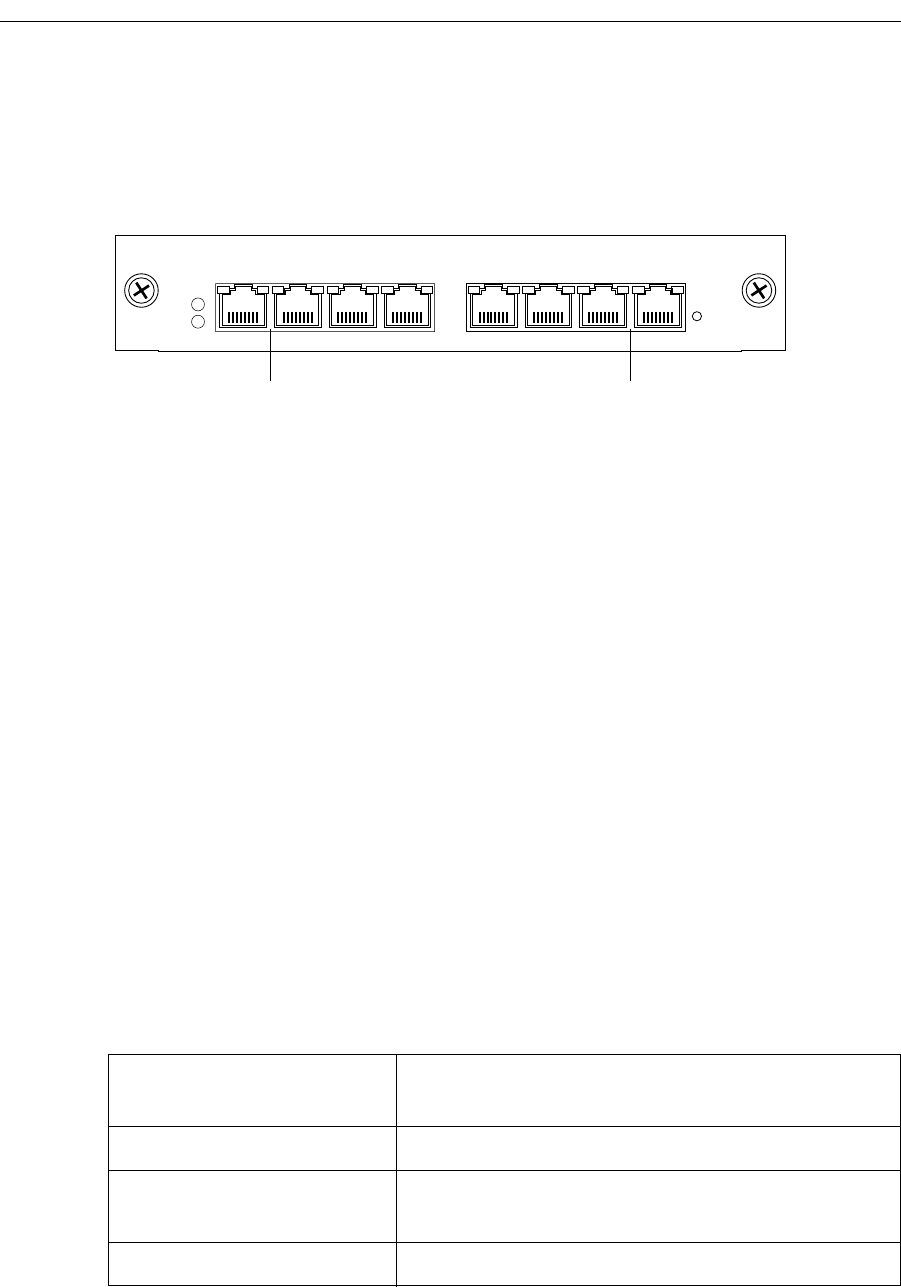Network Router User Manual
Table Of Contents
- Notices
- Contents
- About This Manual
- Introduction
- Hot Swapping Line Cards and Control Modules
- Bridging Configuration Guide
- Bridging Overview
- VLAN Overview
- Configuring SSR Bridging Functions
- Monitoring Bridging
- Configuration Examples
- SmartTRUNK Configuration Guide
- ATM Configuration Guide
- Packet-over-SONET Configuration Guide
- DHCP Configuration Guide
- IP Routing Configuration Guide
- IP Routing Protocols
- Configuring IP Interfaces and Parameters
- Configuring IP Interfaces to Ports
- Configuring IP Interfaces for a VLAN
- Specifying Ethernet Encapsulation Method
- Configuring Jumbo Frames
- Configuring Address Resolution Protocol (ARP)
- Configuring Reverse Address Resolution Protocol (RARP)
- Configuring DNS Parameters
- Configuring IP Services (ICMP)
- Configuring IP Helper
- Configuring Direct Broadcast
- Configuring Denial of Service (DOS)
- Monitoring IP Parameters
- Configuring Router Discovery
- Configuration Examples
- VRRP Configuration Guide
- RIP Configuration Guide
- OSPF Configuration Guide
- BGP Configuration Guide
- Routing Policy Configuration Guide
- Route Import and Export Policy Overview
- Configuring Simple Routing Policies
- Configuring Advanced Routing Policies
- Multicast Routing Configuration Guide
- IP Policy-Based Forwarding Configuration Guide
- Network Address Translation Configuration Guide
- Web Hosting Configuration Guide
- Overview
- Load Balancing
- Web Caching
- IPX Routing Configuration Guide
- Access Control List Configuration Guide
- Security Configuration Guide
- QoS Configuration Guide
- Performance Monitoring Guide
- RMON Configuration Guide
- LFAP Configuration Guide
- WAN Configuration Guide
- WAN Overview
- Frame Relay Overview
- Configuring Frame Relay Interfaces for the SSR
- Monitoring Frame Relay WAN Ports
- Frame Relay Port Configuration
- Point-to-Point Protocol (PPP) Overview
- Configuring PPP Interfaces
- Monitoring PPP WAN Ports
- PPP Port Configuration
- WAN Configuration Examples
- New Features Supported on Line Cards

SmartSwitch Router User Reference Manual 11
Chapter 1: Introduction
Port Names
The term port refers to a physical connector on a line card installed in the SSR. The figure
below shows eight 10 Base-T/100 Base-TX ports on a line card.
Each port in the SSR is referred to in the following manner:
<type>.<slot-number>.<port-number>
where:
<type> is the type of line card and can be one of the following:
at ATM line card
et 10 Base-X/100 Base-X Ethernet line card
gi 1000 Base-X Gigabit Ethernet line card
hs Dual HSSI WAN line card
se Serial WAN line card
so Packet-over-SONET line card
at ATM line card
<slot-number> is determined by the SSR model and the physical slot in which the line
card is installed. On the SSR 2000, the slot number is printed on the side of each slot.
On the SSR 8000 and SSR 8600, a legend printed on the fan tray shows the slot number
of each slot.
<port-number> is the number assigned to the connector on the line card. The range and
assignment of port numbers varies by the type of line card. The assignment of port
numbers by line card is shown in the table below:
Hot
Swap
Online
Offline
87654321
10 BASE-T/100 BASE-TX ports 10 BASE-T/100 BASE-TX ports
10/100BASE-TXSSR-HTX12-08
Table 3. Port Numbers for Line Cards
Line Card
Port Number Arrangement
(Left to Right)
10/100 Base TX
1 2 3 4 5 6 7 8
100 Base FX
3 4 7 8
1 2 5 6
1000 Base SX/LX
1 2










